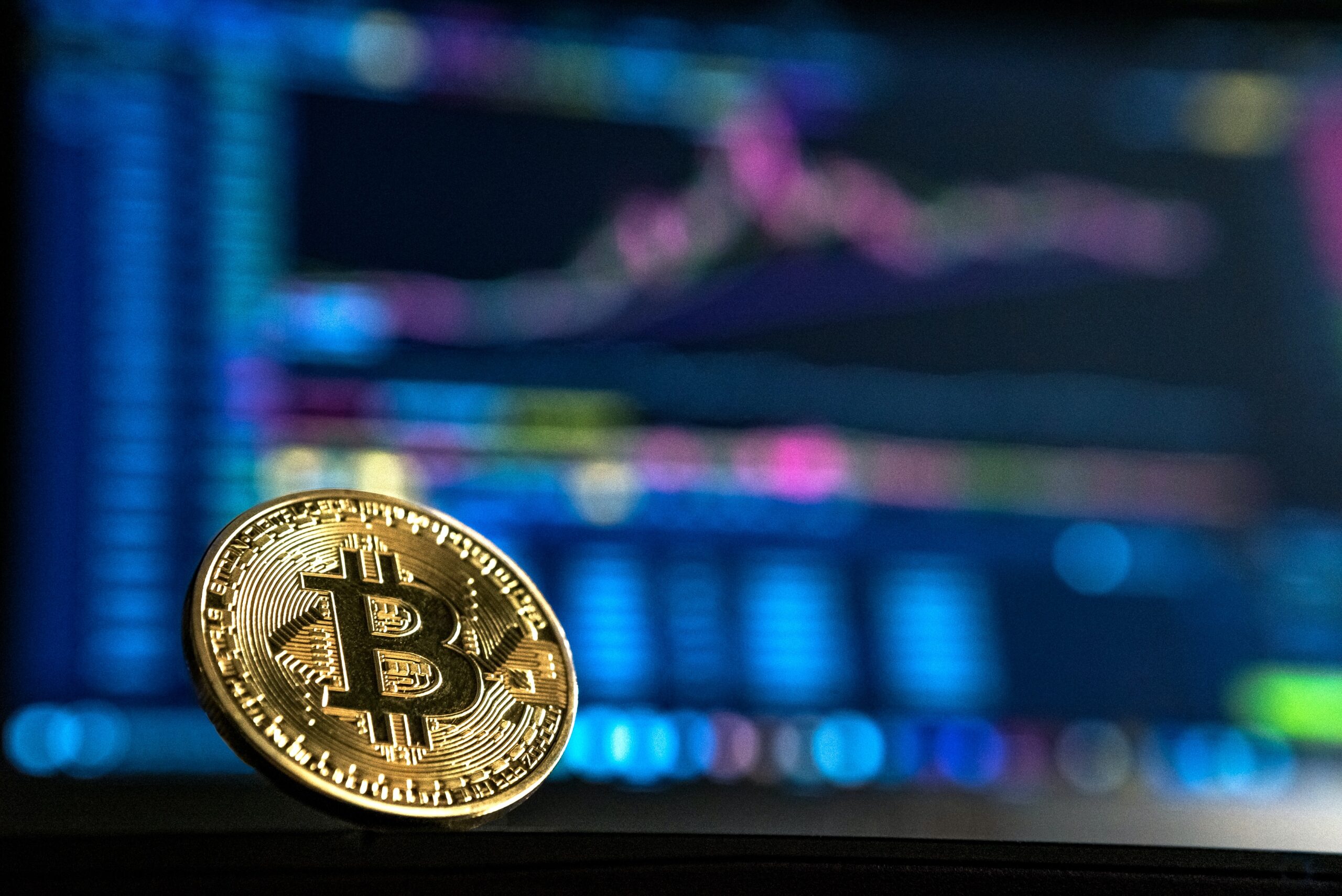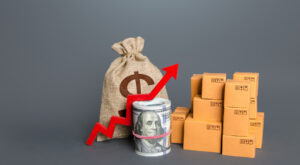First Republic Bank saga shakes up crypto as Bitcoin takes a dip.
Bitcoin experienced a dip on Monday as the new month began, with a drop of about 4.2% to $28,137.76, according to Coin Metrics. This is attributed to investors betting that the takeover of First Republic Bank may put an end to the financial crisis that has been driving the recent Bitcoin rally. Ether also lost 4% to $1,828.81.
The acquisition of most of the deposits and assets of First Republic by JPMorgan Chase led regulators to take possession of the bank, making it the biggest bank failure in the US since the 2008 financial crisis and the third bank to fail this year.
Although the price of bitcoin had rallied last week due to troubles at the bank, trading of the cryptocurrency has been volatile, with investors uncertain of the effects of the banking crisis on crypto, along with high inflation, Federal Reserve policy, a potential recession, and an increasingly bearish narrative around the US dollar.
Galaxy’s head of firmwide research, Alex Thorn, noted that the market currently lacks clear positive near-term catalysts, with supply issues overhanging Bitcoin. However, he also pointed out that bitcoin accumulation by small addresses is outpacing issuance, and Ethereum staking is expected to increase, which provides a supportive supply narrative.
#Bitcoin dropped below $30k. Analysts say new UK inflation data may have been responsible for this dip. Consumer prices held above 10% in March, raising expectations of a 0.25% rate hike by the Bank of England.
Here’s a breakdown of the #crypto news you need to know🧵
— Luno (@LunoGlobal) May 2, 2023
Despite expectations of a slowdown from Bitcoin’s first-quarter rally, the cryptocurrency remains on an upward trend and has gained about 70% for the year, following a decline of more than 60%. April marked the first time that Bitcoin achieved a fourth consecutive positive month in two years.
Looking ahead, investors anticipate a back-of-the-year macro environment characterized by tightening, recession, and an expanding multipolarity in the global economy, which can be supportive of both gold and bitcoin. While the banking crisis narrative may no longer be a boon for Bitcoin, other factors, including supply narratives and macroeconomic trends, may continue to drive its growth.









